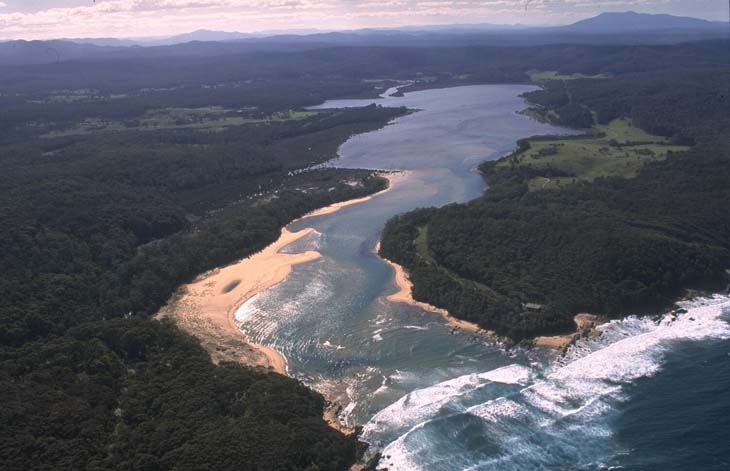Search
Estuary entrance management | Estuaries
Balancing the health and dynamics of intermittently closed estuaries is a critical part of our role in supporting beach and estuary management.
Why estuaries are important | Estuaries
Estuaries are important biologically diverse ecosystems that have significant ecological, social, cultural and economic value.
Threats to estuaries | Estuaries
The health of our estuaries is threatened by coastal development, declining water quality and loss of habitat for native species.
Plants in estuaries | Estuaries
The dominant plant groups in our estuaries are seagrass, mangroves, saltmarsh, macroalgae and microalgae.
Birds in estuaries | Estuaries
Huge numbers of birds live in our estuaries and use them to provide habitat, food and a place to rest.
Fish in estuaries | Estuaries
Estuaries play a major role in the lifecycle of many freshwater and marine fish species.
Invertebrates in estuaries | Estuaries
A diverse range of ecologically and commercially valuable invertebrates live in our estuaries.
Aquatic vertebrates in estuaries | Estuaries
Sea turtles, frogs and other aquatic animals live in our estuaries and use them for food, rest and shelter.
Types of estuaries | Estuaries
We classify estuaries into different groups or types. This informs how an estuary functions and which management practice is best suited to that type.
Estuaries research | Estuaries
Our scientists collaborate with many partners on projects that help us better understand and manage our estuaries.
